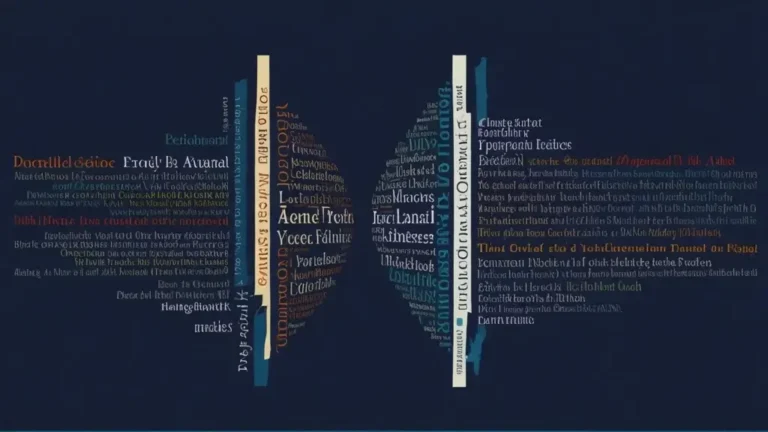To avoid plagiarism, there are some basic rules for replicating the sentence. Generally, three or four consistent words can be plagiarized. However, this is not always applicable; it depends on the technique used to replicate the sentence.
Steps for Paraphrasing
Restate ideas from sources in your own words without changing the meaning. Paraphrasing is not just substituting a few words – you must fully understand and express the concept using your own vocabulary and sentence structure. Avoid having the original source in front of you when paraphrasing to force yourself to rephrase. To avoid plagiarism, here are some essential steps that need to be followed for paraphrasing.
Step 1 – Take Your Time
It has been observed that engaging in hurried activities often results in an increased incidence of plagiarism. It is recommended that individuals allocate a sufficient amount of time to both the writing and revision processes of their articles. This allows for a thorough and comprehensive exploration of the topic at hand, as well as the opportunity to refine and improve the content. Therefore, it is advisable to invest time and effort in strategic planning to minimize the risk of copying text.
Step 2 – Record the Sources
Maintain accurate records of the sources you consult. Use citation management software such as “Mendeley Reference Manager” to keep track of references. During the process of note-taking, it is crucial to employ a clear distinction between copied text and one’s own ideas. This can be achieved by utilizing quotation marks to demarcate any text that has been directly copied from a source, while also ensuring that one’s own thoughts and insights are presented separately. It is advisable to refrain from directly copying and pasting content from external sources into your draft.
Step 3 – Use Plagiarism Checker
Run your article through a plagiarism detection tool like Turnitin, Grammarly, Quillbot, etc., before submitting. This will help you find and fix any accidental plagiarism. The most important things are to properly quote all sources, use your own words when paraphrasing, and give yourself enough time to write and edit. If you work hard and form good habits, you can avoid plagiarism and produce original work.
Step 4 – Rewriting
In the case of identifying plagiarism through plagiarism detection tools, it will be easy for a writer to paraphrase the sentences that have already been highlighted by the plagiarism software. Here, you have to paraphrase only those sentences that have been identified rather than remain anonymous and for which sentence needs to be rephrased.
Techniques to Avoid Plagiarism

Before applying any of these techniques, make sure you fully comprehend the meaning of the original sentence. Read it carefully and think about the main idea and key concepts. Paraphrasing requires understanding the essence of what is being conveyed. To avoid plagiarism, here are some effective techniques with suitable examples to paraphrase the sentence.
Duplication of Words
Replace as many words as possible with synonyms while still preserving the meaning. Use a thesaurus to find alternative terms. However, don’t just substitute one word for another – make sure the new word fits the context. Duplicate the words (i.e., nouns and verbs) of the sentence with other related words. For this purpose, the transition of synonyms is useful. This technique is helpful for people who do not have good writing skills.
For example: An appropriate sample is essential to determine facts.
An adequate sample is immensely important to find out facts.
Extension of Sentence
Extend the sentence structure by using personal understanding or knowledge about the sentence. Rewrite the sentence using a different grammatical structure. For example, change an active voice sentence to a passive voice or vice versa. Rearrange the order of the clauses. Use synonyms for keywords. Vary the sentence length and complexity.
For example: Education is a basic need in society.
Education is a basic need for every individual to survive in the society.
Alteration of the Sentence
Alter the sentence from end to start. In simple words, start the replication from the last part of the sentence and complete the sentence by using the first part of the sentence.
For example: In Pakistani society, people are facing various problems in fulfilling their basic needs.
People are facing different problems in order to accomplish their basic needs for surviving in Pakistani society.
Mixed Approach

It is the mixture of all the above or any of the two techniques. It is the most authentic technique for replication.
For example: Hard work is a basic requirement to accomplish your goals.
Hard work is essential to achieve your future goals.
Theme of the Sentence
By using this technique only the theme of the sentence is sorted out and rewritten in its own words. Normally, it is applicable in a case when the sentence is easy for the reader to understand and he/she is able to write it down in his/her own words. Condense the original sentence by removing unnecessary words or phrases. Or elaborate on the idea by adding more details or examples. Putting the concept in your own words often requires expanding on the original wording. For this purpose, incorporate the key idea from the sentence into a new sentence that includes other information. Weave the paraphrased content into a paragraph with your own words and ideas. This technique is useful for composing a summary of a paragraph.
Salient Features
After rewriting, compare your paraphrased version to the original to ensure you have not changed the meaning. The paraphrased sentence should convey the same idea, just expressed differently. The goal is to rephrase the sentence completely in your own words and style while retaining the core meaning. With practice, you can learn to paraphrase effectively to avoid plagiarism. Basically, these techniques are to deceive plagiarism software.
- At a time, all or a few of the techniques can be used to replicate the sentence.
- All these techniques vary from sentence to sentence. It involves the personal understanding of the writer about the sentence.
- Only use of the duplication technique is unreliable in some cases, so merely using this technique creates the chance of being plagiarized.
- Duplication of words with any other technique makes the replication reliable.






